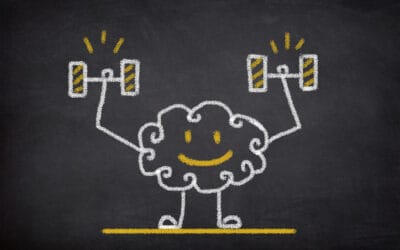The benefits of breathing well
Nasal breathing (inhalation of air through the nostrils and exhalation through the mouth), for example, is better than oral breathing, which if acquired from childhood can alter anatomical structures and facial features, as well as have consequences such as snoring, which limits oxygenation and over time results in stiffening of blood vessels and thushypertension.
Diaphragmatic breathing, then, is more effective than chest breathing: it is deep, provides better oxygenation and also promotes relaxation.
There are studies that support that a lower frequency of breathing acts corresponds to a longer life span. “Breathing less frequently and more deeply improves cardiac coherence, regulation of the autonomic nervous system, and metabolic health,” reports Alberto Cerasari, Medical Director of the SoLongevity Clinic. “Although it cannot be said that breathing well makes you lose weight, we can say, however, that proper breathing can optimize energy metabolism: more oxygenated cells work better and make better use of nutrients.
Proper breathing, in short, affects muscles, posture, strength and endurance (which is why it is essential for athletes). Finally, by modulating blood flow to the brain, it allows the various brain areas to work better, resulting in better management of anxiety and stress and superior sleep quality.
How to assess respiratory capacity?
Within the SoLongevity Clinic, our medical staff is equipped to measure many of the parameters that allow us to assess respiratory function.
- One of the main tests is spirometry, which measures the capacity in liters to take in air (maximum ventilation) and thus the presence of conditions, not necessarily pathological, that limit it, for example, fibrosis, major scoliosis, or even just the amount of abdominal fat.
- Another test that can be performed is the cardiopulmonary exercise test, which measures breath-by-breath gas exchange and can identify problems that would not emerge at rest. “This test allows us to efficiently integrate the analysis of the heart, lungs and muscles under stress and how they interact with each other,” Cerasari explains. “In fact, it happens that with this kind of analysis, alterations emerge that deserve further investigation.”
- A very important parameter for breath assessment, then, is VO2max, which indicates maximum oxygen consumption under stress and, according to several scientific studies, is linked to life expectancy. “High values are associated with a longer lifespan and a lower risk of getting sick,” points out Cerasari, who adds, “From breath analysis we are also able to assess metabolic parameters, that is, to understand how a person uses nutrients, and possibly how to intervene to modify the diet.”
- That’s not all. With cardiopulmonary exercise testing, one can also identify training thresholds, understanding when a person begins to produce lactic acid and thus how he or she should train to stay in optimal health. “Such analyses apply as much to athletes as they do to people with medical conditions,” Cerasari comments. “In fact, they serve to set up reeducation and training programs customized to achieve established goals, whether they are improving competitive performance or preventing the worsening of a disease.”
How do you train your breath?
Along with clinical and functional tests, another important component in the analysis of respiration is the biomechanics of the body’s four diaphragms: the diaphragm proper (the main respiratory muscle), the thoracic, pelvic, and cervical muscles. Alterations in their functioning and a lack of coordination affect the efficiency of breathing.
“Within the SoLongevity Clinic we have specific postures performed to analyze the spine and the central and peripheral respiratory muscle chains. This highlights postural limitations and identifies any critical clinical and osteopathic nodes to act on,” explains Dario Morelli, a specialist and breath trainer. “The goal is to define a respiratory gymnastics program: stretching respiratory muscles, increasing mobility and re-training.”
One way to train breathing is by using a specific device that induces deep hyperventilation at constant carbon dioxide (prevents dizziness). It simulates, in essence, intense physical activity by putting the respiratory muscles under stress to train endurance and make the respiratory pump efficient.“By putting the respiratory muscles in their best condition, we will have higher VO2max values as feedback, indicating greater efficiency and linearity in all phases of work.”
Learn more about the clinic’s activities Breath training







